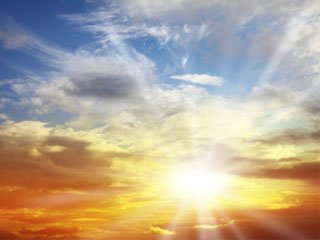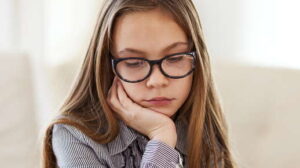
Lazy Eye
Lazy eye, also referred to as amblyopia, is a condition that develops in infancy or early childhood, and it typically starts when the focus in one eye is more enhanced than the other. The eye with less focus might be impaired due to a significant amount of farsightedness or astigmatism, or something could be obstructing light from getting through like a cataract or debris in the back of the eye. Amblyopia may also develop due to an ocular misalignment known as strabismus, in which one eye turns inward or outward, keeping the eyes from focusing together on an object. This can cause double vision. How Lazy Eye Effects Your Vision In all of these cases, the brain receives two different













